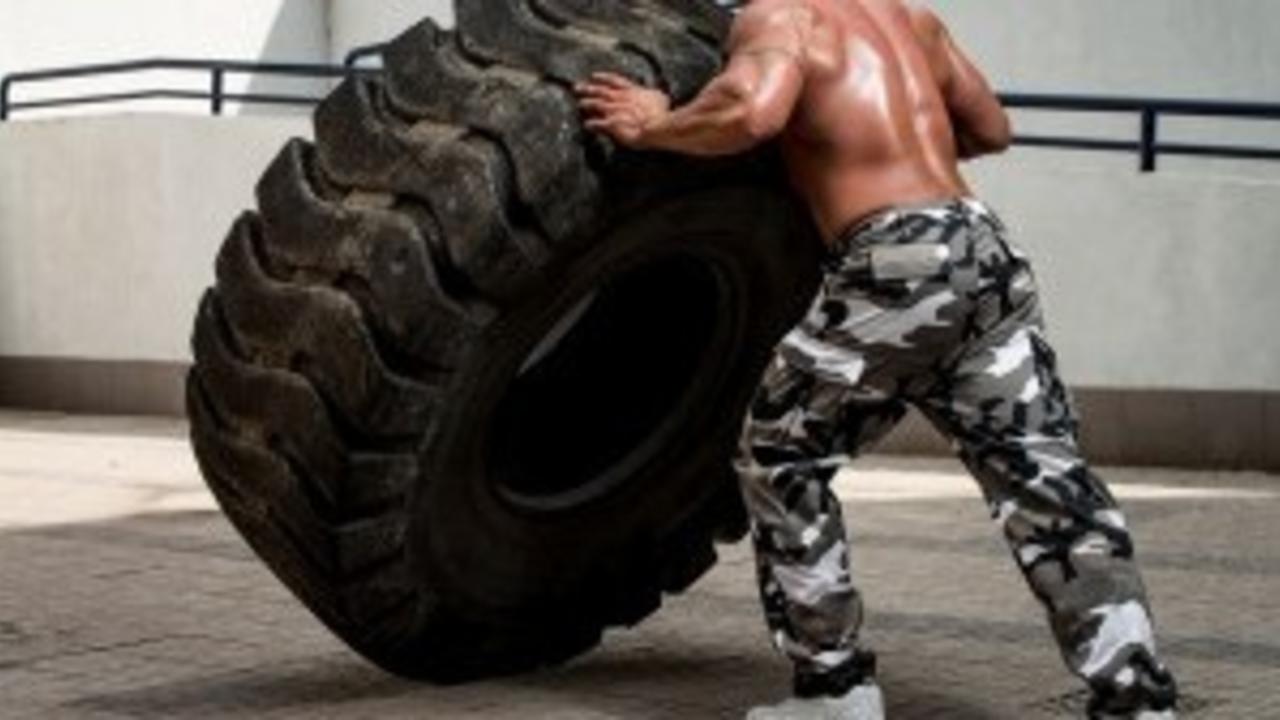How Often Can You Go to CrossFit or HIIT Exercises

I get asked all the time by young and old alike who just started CrossFit or some other type of high-intensity type of training, how often they should go. They love it, and are feeling great, except for all the sore muscles and that it hurts to walk upstairs most days.
The simple answer is that most people are doing it too often and not balancing it with other types of exercise, but I'll get to that in a bit.
First off let me say that I am a fan of Crossfit or other forms of High-Intensity Interval Training (HIIT). When done properly, they have an amazing capability to train the human body to accomplish amazing physical and athletic feats. You do have to be diligent about the box you choose to make your own. For those of you who aren’t familiar with HIIT or CrossFit let us break down their general ideas.
High-Intensity Interval Training uses combinations of ballistic movements with and without weights, body weight based exercises, Olympic and kettlebell lifts, Gymnastics and a few other styles of exercise mixed in with all of that.
They have designed their program to be broad and as adaptationally responsive as possible. That is a fancy way of saying they are going to have core movements, but they are going to continually change the workouts up on you.
Also, CrossFit claims it is not a specialized fitness program but that they optimize physical competence in each of ten recognized fitness domains; which are Cardiovascular or Respiratory endurance, Stamina, Strength, Flexibility, Power, Speed, Coordination, Agility, Balance, and Accuracy.
So, their goal is to make you the most physically fit version of a human that you can be, which is a great goal. As great as this could be and is, there are a few knocks I have with CrossFit though. Most CrossFit coaches preach scalability, and that modification is available to all the exercises, but when it comes down to the workout, a lot of the boxes that I have entered into contact with will only give a weight variance as the “scale.” If they give you a guideline at all for the weights, you should use. This, in my opinion, is one of the reasons there seems to be a high incident of injury with CrossFit. I honestly don’t feel CrossFit has any higher injury rate than a tradition gym membership, but CrossFit catches a significant amount of bad press for the injuries occur in their boxes.
So scalability and modification can be an issue, this is easily overcome if you do your due diligence before committing to a box long-term. Talk with the coaches, and other members watch the WOD’s and more importantly take advantage of the on-ramp’s that some boxes offer. This, in my opinion, is key to learning how to scale and modify your experience in CrossFit. Like I mentioned a bit earlier I am a fan of CrossFit style workouts. I believe that the HIIT exercises are essential to an ancestral lifestyle and are needed to maintain and achieve optimal physical wellness.
The biggest problem that I see with CrossFit and other HIIT types of exercises is that they are highly addicting. Yeah, that is right addicting. I know it is almost an oxymoron, which an exercise regime that causes severe muscle fatigue, soreness and an utter lack of desire to move for about three days makes you addicted to that pain, But it does.
When you work out at those high-intensity levels, you release a lot of dopamine. Dopamine plays a lot of major roles in your body and brain, but essentially it fires up the reward centers of our brain making us want to do that again. If we think about this from an ancestral philosophy, when there was a big highly physically intense hunt, it makes sense that these reward centers would get a lot of activity.
So you might be asking why is this bad? We as American’s need significantly more time off the couch doing things right? Well, yes but this is that case of too much of a good thing is a bad thing. Most people who drink the CrossFit (HIIT) Kool-aid want to fire those dopamine or feel good centers of their brain a lot and keep doing that over and over again as often as possible.
The problem with this is that we basically have two metabolism systems in our body, aerobic and anaerobic. One (aerobic) burns fat as its primary fuel and the other (anaerobic) burns sugar. HIIT training is predominately anaerobic form of exercise and burns glycogen and sugar as its fuel.
This is great, but ancestrally we did not just do that high-intensity exercise all the time. We were nomadic in nature, and we would have to walk down the animals we were hunting than at the very end of the hunt we would sprint them down.
They described the walking down and tracking of animals than the high intensity of the sprint or actual hunt. This may have been one of the earliest forms of community hunting humanity has known. It also leads me to theorize that we need to balance our high intensity with low intensity. This is where I have to caution most CrossFit participants. We are not designed to do that type of activity 5-6 times a week. Humans probably should only do it 2-3 times per week and that was complimented by a significant amount of low intensity exercise. This imbalance between aerobic and anaerobic metabolisms is in my opinion what causes most of the injuries and problems with HIIT.
I have written about this in the past, but you have to realize that
Training = Work + Rest If you either work too much or don’t rest enough you will be overtraining, and this leads to injury's fatigue and other problems ranging from endocrine imbalances to possibly the start of auto-immune disorders. This can also be done if you are only training one side of your metabolism with HIIT and not doing the lower intensity correct cardiovascular training.
So, to answer the question yes you can do to many days of CrossFit or other HIIT activities. If you are experiencing any symptoms of stress and fatigue, then you probably should take a few days off from the HIIT activities and go for a walk.
Stay connected with news and updates!
Join our mailing list to receive the latest news and updates from our team.
Don't worry, your information will not be shared.

